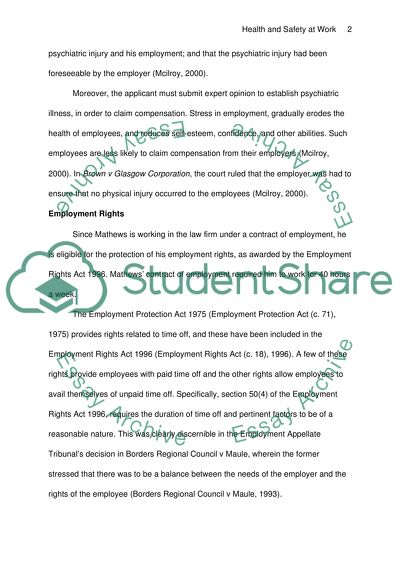Cite this document
(“THE LAW OF HEALTH AND SAFETY AT WORK Essay Example | Topics and Well Written Essays - 1750 words”, n.d.)
Retrieved from https://studentshare.org/environmental-studies/1406867-the-law-of-health-and-safety-at-work
Retrieved from https://studentshare.org/environmental-studies/1406867-the-law-of-health-and-safety-at-work
(THE LAW OF HEALTH AND SAFETY AT WORK Essay Example | Topics and Well Written Essays - 1750 Words)
https://studentshare.org/environmental-studies/1406867-the-law-of-health-and-safety-at-work.
https://studentshare.org/environmental-studies/1406867-the-law-of-health-and-safety-at-work.
“THE LAW OF HEALTH AND SAFETY AT WORK Essay Example | Topics and Well Written Essays - 1750 Words”, n.d. https://studentshare.org/environmental-studies/1406867-the-law-of-health-and-safety-at-work.


